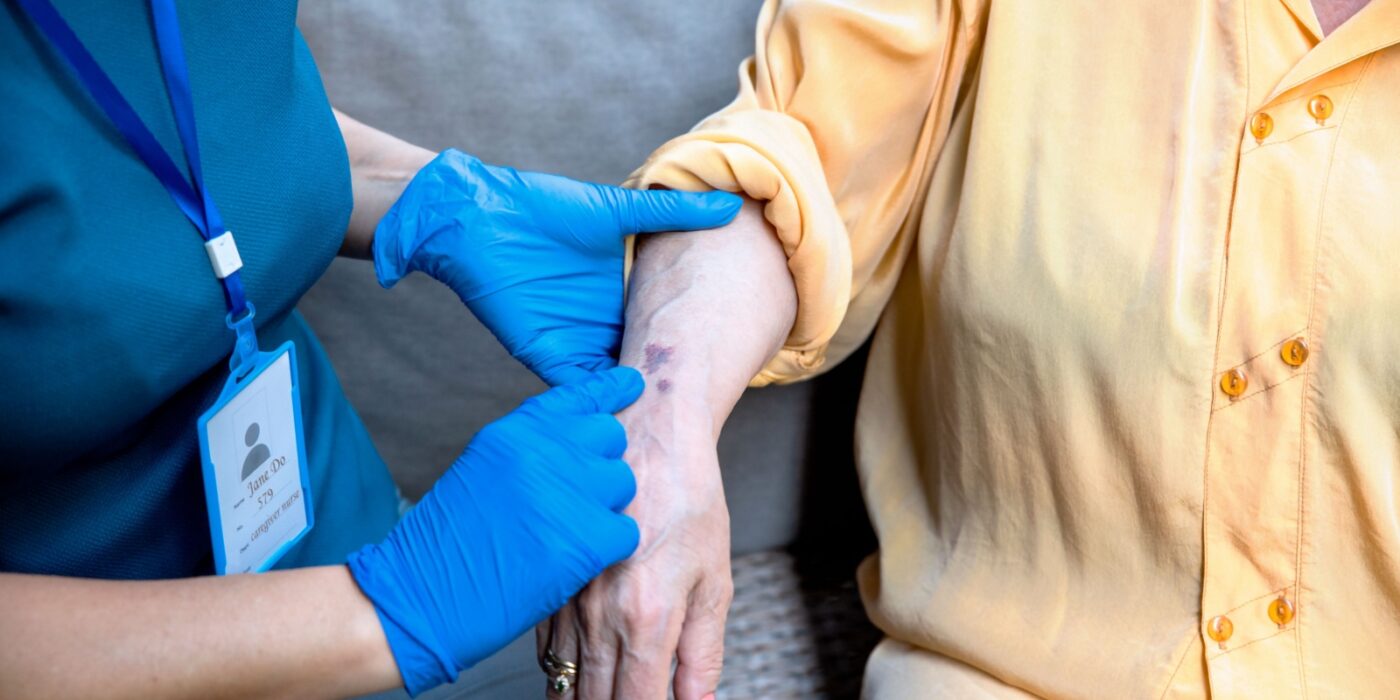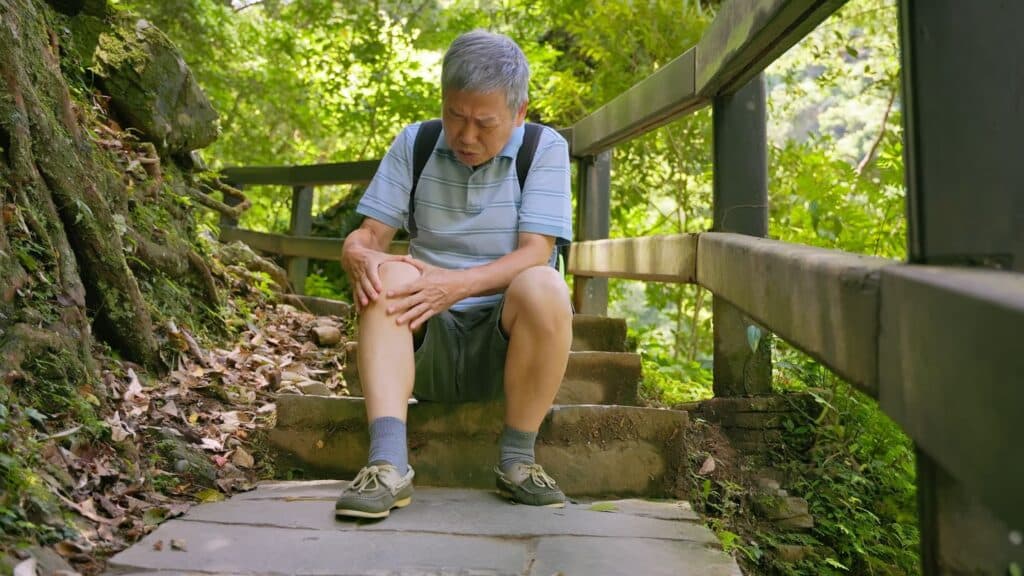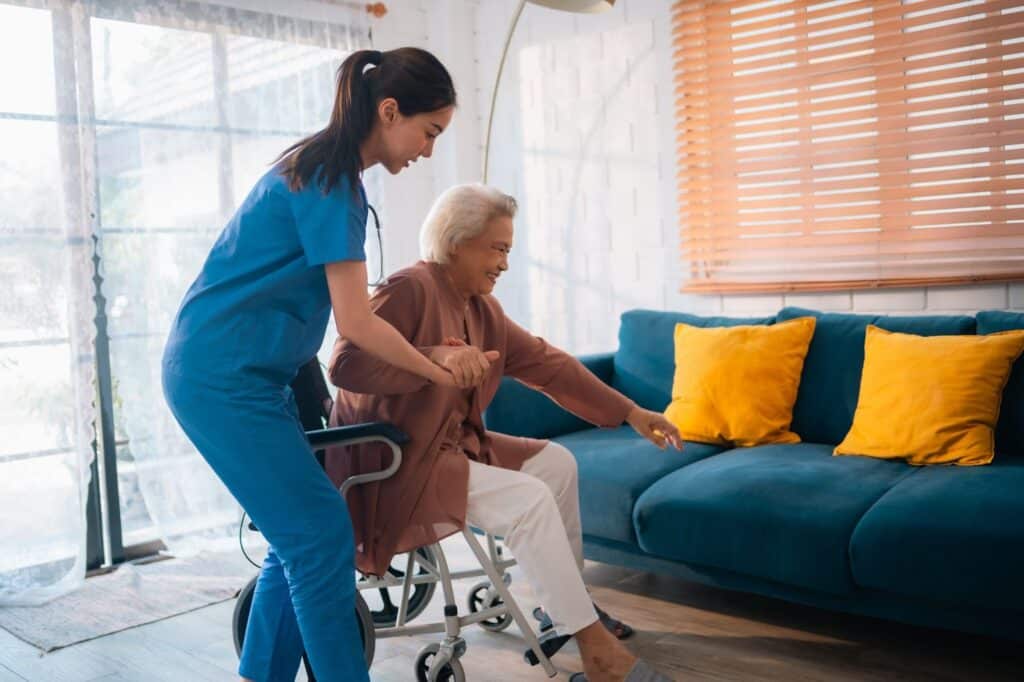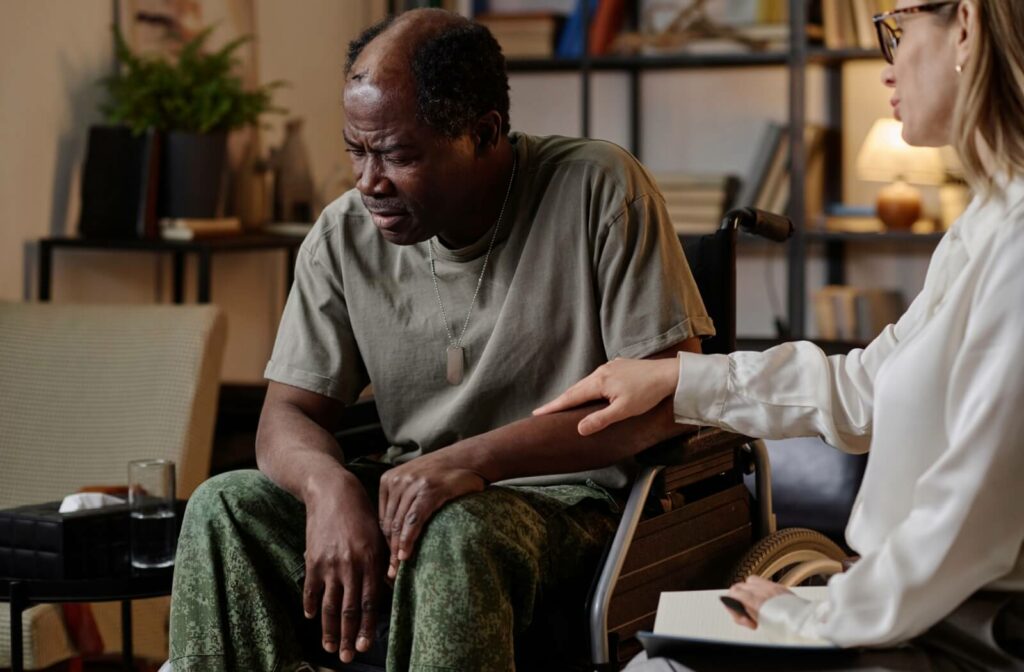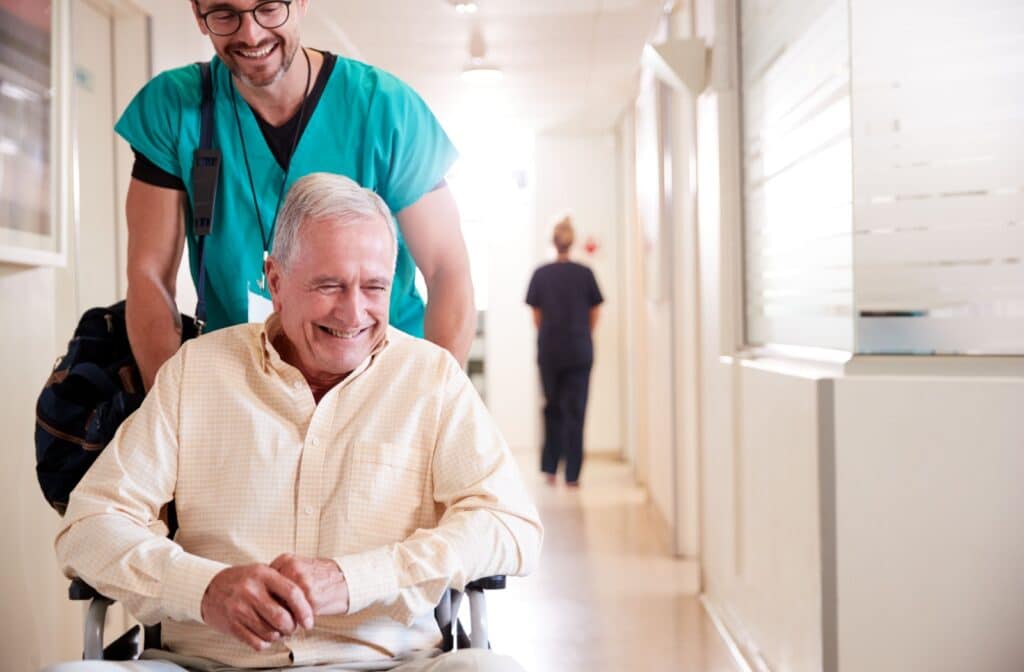What Is The Difference Between Memory Care & Dementia Care?
Navigating cognitive decline in a loved one can feel overwhelming. As memory changes begin to affect daily life, families are often introduced to new terms like dementia care and memory care—but the differences aren’t always clear. Understanding how these types of care overlap, and where they differ, can help families make more confident, compassionate decisions.
The main difference between dementia care and memory care is the level of specialization and structure. Dementia care is a broad term that includes support for individuals with all stages of cognitive impairment. Memory care is a more specific type of care designed for those with moderate to advanced cognitive decline, provided in a secure, highly structured environment.
Understanding Dementia Care
Dementia care refers to any supportive services provided to individuals experiencing dementia, which is a general term for conditions that affect memory, problem-solving, language, and other thinking abilities. Alzheimer’s disease is the most common form of dementia, but there are many types, including vascular dementia, Lewy body dementia, and frontotemporal dementia.
What Dementia Care Includes
Dementia care can be offered in a variety of settings—from a person’s home to assisted living communities. It may involve:
- Help with dressing, bathing, and medication
- Support with meal preparation and nutrition
- Regular check-ins to monitor safety and changes in behavior
- Emotional support and daily routines to reduce confusion
This type of care can scale over time. Early-stage dementia care may involve light assistance with reminders or companionship, while later stages may require hands-on care and supervision throughout the day.
A Flexible & Evolving Approach
One of the defining aspects of dementia care is flexibility. Services are adapted to meet the person’s current abilities. In many senior living communities, dementia care is built into broader support plans—helping residents maintain their independence while still receiving help when needed.
Dementia care is often the first level of support provided when memory changes begin to impact daily functioning but may not yet require the specialized structure of memory care.
What Is Memory Care?
Memory care is a specialized form of senior living designed specifically for individuals living with more advanced stages of cognitive decline. It goes beyond basic dementia support to offer a secure and structured environment tailored to the needs of residents with memory loss.
What Makes Memory Care Different
Memory care communities focus on safety, routine, and specialized programming. Features may include:
- A secured living environment with enclosed outdoor spaces
- Clearly marked hallways and apartments to reduce disorientation
- Staff trained in dementia-specific communication and behavior support
- Daily activities designed to stimulate memory and promote connection
- Individualized care plans that evolve with the resident’s condition
Every detail in memory care—from lighting to activity schedules—is thoughtfully designed to reduce anxiety, improve daily flow, and promote dignity.
Structure & Support for Advanced Needs
Memory care is ideal for individuals who may experience wandering, confusion, or significant challenges with daily activities. The structured environment reduces overwhelm and offers consistent support throughout the day.
It’s not just about safety—it’s about quality of life. Residents are encouraged to engage in meaningful activities, connect with others, and enjoy familiar routines that provide comfort and stability.

Key Differences Between Dementia Care & Memory Care
While both memory care and dementia care support individuals with cognitive conditions, the key differences lie in the level of specialization, the structure of care, and the environment.
Dementia Care
- Broad category that can include care in various settings
- Adaptable support based on the person’s stage of decline
- May be provided in assisted living or at home
- Focuses on helping with daily living while preserving independence
Memory Care
- Delivered in a secured, dedicated setting designed for cognitive conditions
- Staff with specialized dementia training
- Structured routines to reduce stress and confusion
- Best suited for moderate to late-stage dementia
Understanding these distinctions can help families decide when a transition from general support to a more tailored setting may be appropriate.
Choosing the Right Type of Care
Every individual’s journey with dementia is different. That’s why choosing the right care option should be based on current needs, goals, and overall well-being.
When to Consider Dementia Care
- Your loved one is in the early stages of memory loss
- They can still manage many daily tasks with reminders or light assistance
- They benefit from gentle structure but don’t require a secured setting
When to Consider Memory Care
- Memory loss is progressing and affecting safety or orientation
- Your loved one has started wandering, experiencing behavioral changes, or struggling with everyday tasks
- A secure, calm, and predictable environment would ease stress and provide reassurance
The Role of Family & Connection
Regardless of the care level, staying involved in your loved one’s journey can make a meaningful difference. Family visits, shared meals, and communication with the care team help create a sense of stability and love. These moments offer emotional reassurance and remind the person that they are valued—just as they are.
Education can also empower families. Learning how to communicate effectively with a loved one living with memory loss, or understanding what to expect as dementia progresses, can bring clarity and peace during a challenging time.
A Community That Supports Every Step
In the heart of Prior Lake, Minnesota, there’s a community that recognizes every stage of the memory journey—and meets it with warmth, purpose, and expertise. From early support to secured living, residents can receive the care that’s right for them in an environment that feels safe, familiar, and full of life.
This kind of setting blends clinical support with comfort and dignity. Personalized care plans, engaging activities, chef-prepared meals, and kind-hearted team members come together to create not just a place to live—but a place to belong.
Your Vibrant Next Chapter Awaits at Norbella Prior Lake
Dementia care and memory care both serve vital roles in supporting seniors with cognitive changes. While dementia care provides broad, adaptable assistance, memory care offers focused, structured support for those facing more advanced challenges.
Both aim to help individuals live with dignity, safety, and joy—and the best choice depends on your loved one’s unique needs.
At Norbella Prior Lake, we offer both memory care and support for early-stage dementia in a setting that feels like home. We meet each resident where they are, and help them live with purpose—every day. If you’re exploring care options in the Prior Lake area, we’re here to help you find clarity and confidence in your next step.
Schedule a tour today to see how we support every moment of the memory journey—with empathy, expertise, and heart.




